Helldivers 2 has been a boon for both Arrowhead and Sony’s Live Service Venture. When this game was first revealed, most gamers were put off with the gameplay change from the 3/4 overhead view of the first game. Despite the risk, the end result has been positive both in terms of revenue and player retention.
Now, with most games these days, live service included, comes the inclusion of microtransactions. In Helldiver 2’s case, these come in the form of Warbonds and the superstore. Some of them were a hit, others were a miss. But one of the superstore items that have sparked interest is the Killzone set. While this is nice, this would have much better served as a warbond. Putting it in the superstore comes off as greedy, but that’s an issue for another video. More to the point, the Killzone franchise fanbase had taken note, and it sparked renewed interest in wanting the series to be revived.
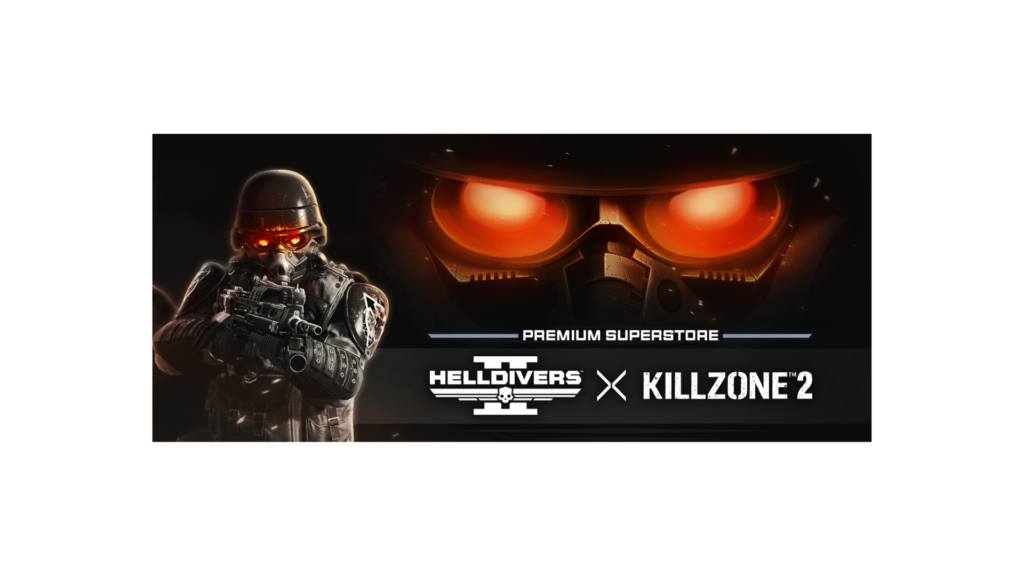
Killzone was initially meant to be one of Sony’s staple franchises. However, sadly, that wasn’t the case once all was said and done. Let’s start at the beginning. The original Killzone was released in November of 2004. The game showed big ambitions that weren’t really able to be realized on the PlayStation 2. In other words, it wasn’t powerful enough, which the developers themselves spoke about. Another problem was that it came off the heels of Xbox’s Halo, which was another problem in itself. But regardless, the game franchise showed promise. But in order for the franchise to realize what it could really be, Guerilla Games needed more juice. Hence, we enter the era of the Playstation 3.
When Killzone 2 was released for the PS3 in February of 2009, Sony was looking for a first-person shooter mainstay. The Resistance games were out at the time and did garner a fanbase. But it wasn’t the splash Sony was searching for. So, they put their hopes into Killzone 2. The graphics were top of the line at the time. As was the sound. The multiplayer was unique and fun. And the Helghast were a compelling enemy. However, at the time, Call of Duty was on the road to becoming a juggernaut. And direct comparisons were abound. There were some persistent complaints. Such as, the game’s guns are too heavy, the game doesn’t have enough color, and it’s not like Call of Duty. These complaints plagued Killzone 2 from Day one. Despite that, the game did garner a good base, but it wasn’t the mega hit Sony wanted. But they were willing to give it another shot with Killzone 3.
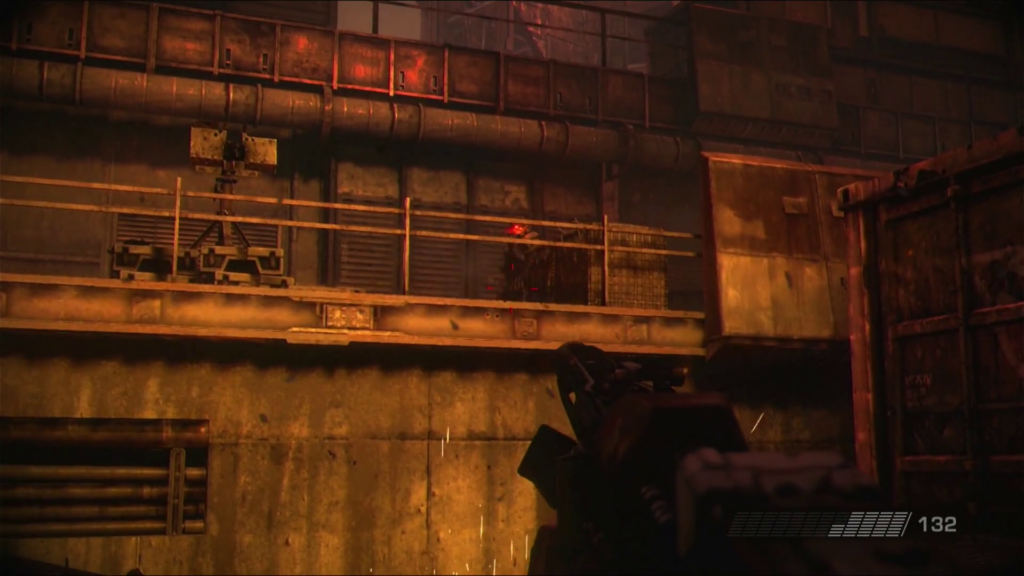
Now, with Killzone 3, there’s a cautionary tale here. Guerilla Games listened to all the critiques made about Killzone 2 when making this one. “The game looks bland and lifeless” they said, so they added more varied terrain and biomes. “The weapons feel too heavy and sluggish” they said, so they adjusted the speed and gave the weapons a lighter feel. “The game isn’t like Call of Duty” they said, so they made the gameplay like Call of Duty, complete with perks and all. What was the result, you ask? Nothing but confusion. The game didn’t grow the initial base it had by gaining new players. And the base that was already built was displaced. In the end, this culminated in a new critique, “we miss Killzone 2”.
Ok, now put yourself in the shoes of a Guerilla Games developer that worked on this franchise. You start a new franchise and build a foundation with the original Killzone game. You build upon that with the power of a new system with top-of-the-line graphics and gameplay for the time with Killzone 2. Not to mention, nobody had a multiplayer remotely similar. Then people nitpick your product to the high heavens with critiques of “not enough color”, “it feels too heavy”, and constantly being compared to the “it” game of the time, Call of Duty. You take in what your so-called audience says and give them what they want with Killzone 3, and in doing so, addressed perceived knocks they had on the second game. Then, ultimately, after all that, the knock on Killzone 3 becomes “we miss Killzone 2”. I can’t imagine how infuriating this would be for those developers. The cautionary tale I mentioned earlier is that the customer isn’t always right. They were given what they asked for, and they ended up liking what was there beforehand more.
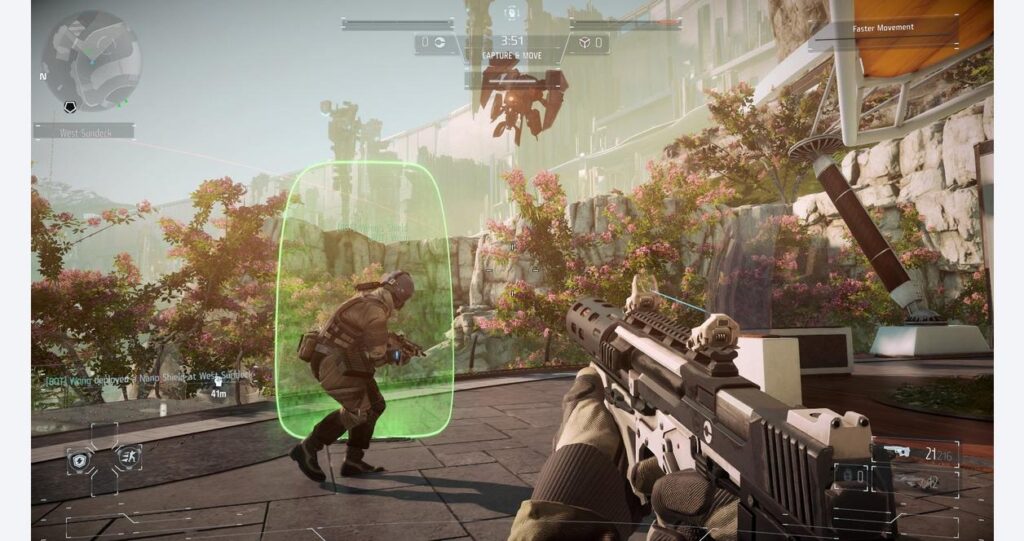
By the time Killzone: Shadowfall was released on the PS4, the series had lost its’ way. New ideas were tried and multiplayer for it was good, but it didn’t stack up to what was considered the series peak, Killzone 2. But who is to blame for that? The developers or the fanbase? Normally, I don’t have a habit of blaming the fanbase. But in this case, in my opinion, the demise of the franchise is because of the fans. Guerilla Games tried to appease a fanbase that, in the end, proved to be uncertain of what it actually wanted. And giving them what they asked for proved to be a bane rather than a boon.
If Killzone was to ever return, the fans will need a clear understanding of what they want. Don’t ask Killzone to be Call of Duty. If the gamers want that, there’s a game already out there, it’s called Call of Duty. Let Killzone be Killzone. Let the franchise stand and grow on Guerilla’s own ideas; no more whining about it not being like other games. Most FPS games are cookie cutter as it is, so appreciate things outside of the box. I would love to have the series return. And I’m not just saying that. Look at my PSN profile as proof. I’ve earned the platinum on most of the series I’ve played except for Shadowfall because I’m stuck. And I’ve yet to play the PSN version of Liberation, although I have it downloaded.
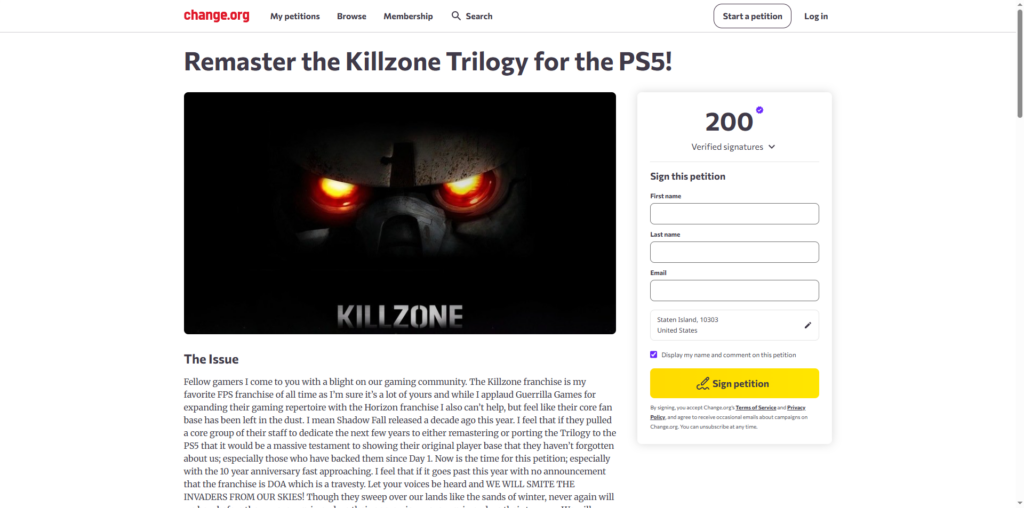
I even have most of the physical versions of the series except for the PSP game Killzone Liberation. And that’s mainly because I never had a PSP. I was still a student at that time and money wasn’t all that easy to come by. Anyway, the point I’m making is that I’m not one of the people on the internet that say their a fan just for the sake of saying it. I’m legitimately a fan. And if we really want Killzone to return, we have to really make Sony aware of that. Maybe a remaster of the older games is in order to test the waters and gage fan interest. If by some chance they do remaster or remake the series, don’t just talk the talk, walk the walk. Because often fans want an old franchises to return, and when it does the fans don’t show up. Remember, talking with your words mean nothing. Talking with your wallet means everything.

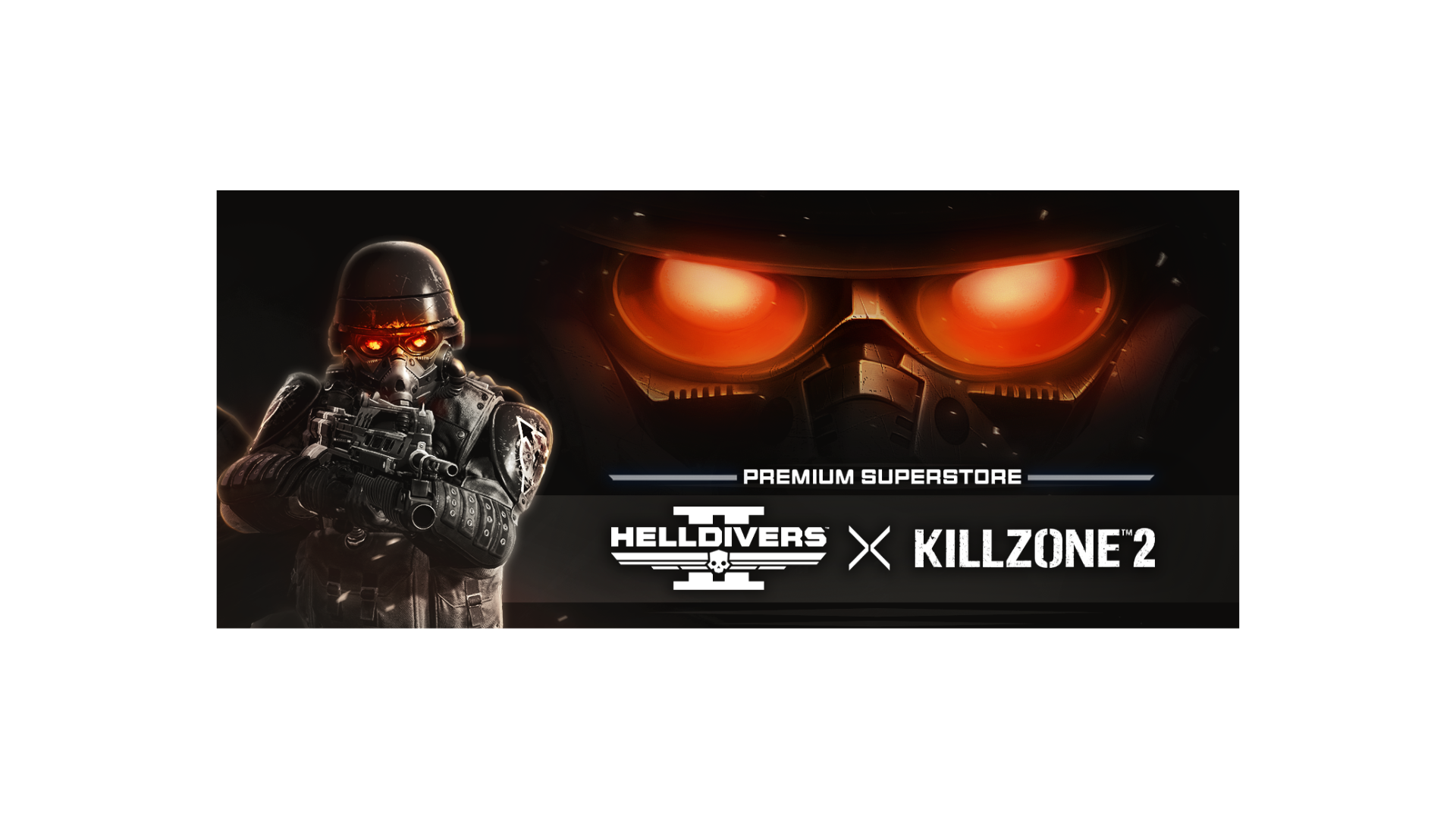
COMMENT
Reading this kinda makes me feel bad for Guerilla ngl.
Also btw, I wanted to ask but whats the earn rewards thingy?